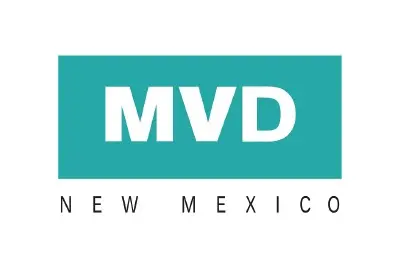New Mexico Department of Motor Vehicles

The New Mexico Department of Motor Vehicles has assigned Terralogic Document Systems (TDS) the responsibility to convert their driving-related records into digital data. The task involves scanning 4000 microfilm reels (16,000,000+ images) of driving-related records (citations, DWI, suspensions) for the New Mexico Department of Motor Vehicles.
Digitizing microfilm & microfiche
These microfilm reels will be scanned and imported into the custom-developed Click scan web content platform which will provide a search & view of the documents that we are scanning. ClickScan is a software program that addresses all data filing, storage, and document management. It reduces office clutter, prevents file loss, and is both short-term and long-term cost-effective. While ClickScan can be utilized in almost any industry, those that deal with a lot of data can benefit greatly from switching to this system for document management.
The ClickScan content platform that we built is pushing the images to an Advanced machine learning processing queue that is utilizing Captiva InputAccel to extract critical citation information (i.e. ticket number) from the image and matching to the data in the departments business processing solution “Tapestry”.
The department now has immediate access to the records via both the ClickScan platform and the Tapestry program which is saving significant employee hours versus retrieving the records from the legacy microfilm.
Benefits of microfilm scanning
Efficiency, low Costs, and easy Preservation: Microfilm preservation requires a lot of effort. If they’re not stored in the right facilities, they could degrade and become illegible. Any kind of information may be retained easily and data loss can be avoided by scanning the films. Due to the automation of the process, labor and physical storage costs are also reduced. This leads to overall organizational effectiveness.
Increased data accessibility: Microfilm searches are difficult since they are not nearly as quick as online searches. To discover the required image, one must search through numerous films, load reader printers, find the image, and then print off legible copies of it. When the records are digitized, this may be entirely refuted. It may only take a few clicks to retrieve information.
Effective document control: Information can be password protected and even censored if it is confidential once you have digitized your microfilm and microfiche. Additionally, you can limit access to specific folders or categories of data based on the type of content management system you use. You may ensure that only the people who need to see the data see it by using digital files.
Unlimited storage: Without your knowledge, large bulk storage of microfiche and microfilm can use a lot of room. The loss of this area could result in a costly working environment. Once you have scanned microfiche and microfilm and backed up the files, you can discard the original copies to free up office or storage space because digital files only occupy virtual space.
Get in touch with us to find out more about TDS document scanning services and to get your free assessment. You can visit TDS’s website or dial (800) 644-7112 if you’re interested in learning more about our new agreement with the New Mexico Department of Motor Cycles.
Our 16 years of achievements includes:
-
10M+
lines of codes
-
2400+
projects completed
-
900+
satisfied clients
-
16+
countries served

